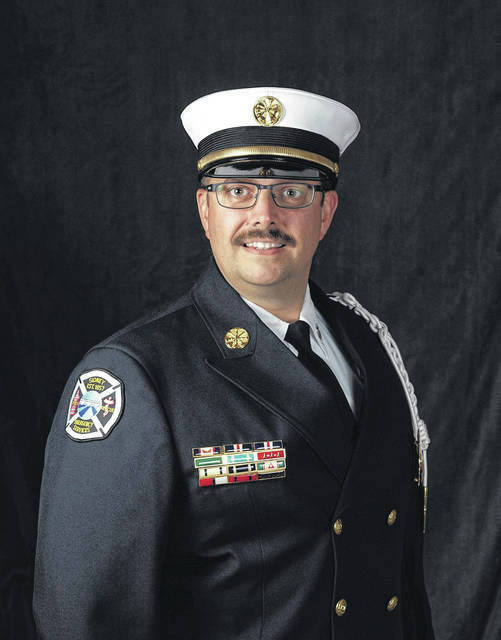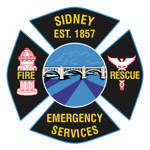

Sidney Fire Chief Chad Hollinger was recently asked by a citizen, “Why do you send fire trucks with ambulances to emergency medical services (EMS) calls?” This is a question he is asked fairly regularly.
When a citizen calls 911 to report an EMS incident, dispatchers are trained in Emergency Medical Dispatch (EMD) and based upon the information shared by the reporting party the dispatcher will determine whether the EMS incident is a basic life support (BLS) or advanced life support (ALS) incident. Once this determination is made, the dispatcher assigns a call type (BLS or ALS) to the incident and transmits the alarm to the stations. If for example, the caller reports that they have fallen down and are not injured the call type assigned would be BLS. On the other hand, if the caller reports that someone is having a heart attack, an ALS call type is assigned. The more serious the nature of the call, the more people will be necessary to care for the ill or injured person.
Many departments, like Sidney, have chosen to place additional personnel on a fire apparatus to respond with the ambulance. This allows the department to maintain a state of readiness. Simply put, the department can clear the EMS incident and respond to another call with sufficient resources. By placing the additional personnel on a fire apparatus instead of on the ambulance, they are able to handle the next call quicker. Currently, the department has eleven personnel per shift with a minimum daily staffing of eight personnel. State law requires a minimum number of certified personnel and the Sidney department standard is to place at least one EMT-Paramedic (trained in ALS) on every EMS call.
The National Fire Protection Association (NFPA) provides standards for fire and EMS services. NFPA Standard 1710 states that four personnel (with two being EMT-Paramedics as a minimum) should arrive on the scene of an ALS incident within eight minutes or less. This requirement is backed up by a 2015 University of Washington Medicine study that demonstrated when seven to eight providers are on the scene of a cardiac arrest, patient survivability chances improved by 35% as compared to only five or six providers. It is proposed that with more providers on scene to rotate through key tasks, errors and fatigue are decreased and the patients receive life-saving interventions in a timelier manner.
“By placing additional providers in a fire apparatus to respond with the ambulance, we are insuring that our patients have the best chance of a positive outcome. Additionally, we are prepared to respond to additional calls for service,” said Chief Chad Hollinger.
Currently in 2022 the Sidney department has multiple calls occurring 29% of the time. This simply means that for nearly one-third of the calls the department responds to there is at least one other incident happening simultaneously. The ability to remain flexible with staffing deployed to field is a key element in the response model. As the department is able to increase their daily staffing, they draw closer to meeting national standards and industry best practices.
“I appreciate the community support that our organization has received over the years. I assure you that we are constantly seeking out ways to improve our effectiveness and efficiency. In my role as Fire Chief, it is my responsibility to wisely allocate the tax dollars that are entrusted to our department to provide fire and EMS services. We have to make the best use of the finite funds we have to work with,” said Hollinger.



